Lauren Hay had barely made herself comfortable in her primary school classroom when her teacher first told her to speak properly.
The Doric that had surrounded her when she was growing up in Cullen was not appropriate for a place of education, she heard repeatedly.
But when she went out to the playground and presented her more “acceptable” language to her friends, she’d be asked: “Why are you putting on a posh voice? Far do you come fae?”
It was a lot for a six-year-old to take in.
“Everything that I’d thought – your sheen, your breeks, quines, loons – it was like, that’s the wrong word,” said Lauren.
“You’ve got to switch.
“I grew up quite resentful of my culture, like Doric’s wrong, Doric’s something to be ashamed of.”
Slip of the tongue
Now Lauren, 29, is hoping to make sure the next generation isn’t made to feel the same way, as she presents her passionate defence of the language on the Aberdeen Tedx stage this weekend.
She even thinks people should stop “airbrushing their language” on social media – and post in their usual voice.
Pride in Doric was not something that came to her overnight, a point she is keen to stress in her talk.
It took a number of mortifying, but very funny, slip-ups at her swanky job working in communications for fashion label Burberry in London before she really gave it much thought.
She said: “I’d be doing proper presentations and then I was like, ‘to elevate this trenchcoat, we’re gan tae resize the pooches.’
“This whole boardroom was just staring, I was black affrontit.”
Reminder of ‘accent bias’
Of course, regional embarrassment is not unique to the north-east of Scotland.
We were talking on the same day a major report was published on the issue of accent bias across the UK.
According to the research, from the Sutton Trust, 46% of adults have been mocked, criticised or singled out for their accent in a social setting.
The resulting report describes accent as “arguably the primary signal of socioeconomic status” in the country.
Doric is more than just an accent, though, and arguably more than a dialect too…
Losing it would mean losing a unique language and a source for beautiful literature and poetry that embodies the north-east, Lauren says.
That makes it all the more important to ensure her one-year-old daughter Ruby grows up hearing it spoken around her by both her mum and her dad Darren, a Keith native.
“She’s just learning to speak, so when we’re speaking, you notice it a lot mair that you use the ‘proper’ word,” Lauren said.
“Then you use how you would actually speak.”
‘The more you use it, the more you foster it…’
Former assistant editor of The Press and Journal and Evening Express, Moreen Simpson, is a firm believer in the north-east’s native tongue.
And she believes one way newspapers could help preserve the language is by using it more frequently.
She said: “You look down on the Doric by not using it, so that’s why the more you use it the more you foster it, and the more it’ll be used.
“It’s such a rich dialect, it’s the richest dialect in the whole of Britain, and it’s so sad that it really is dying out. No question, no question.”
Soon after starting as a reporter at the Evening Express in 1970, Moreen wrote a five-part series on the reasons Doric was dying out, later winning an award for her work.
She took aim at schools and universities in the area for not fostering the language – but now thinks she missed a trick by not considering the paper itself.
Moreen said: “The editor was delighted with it, and it never crossed our little minds, what are we doing in the newspapers to preserve it?”
Nowadays, her EE column is one of the few reliable sources of Doric in the pages of a Scottish newspaper, alongside the Flying Pigs and Robbie Shepherd in the P&J.
Does answer lie online?
Lauren agreed with the need for newspapers to support Doric, saying: “The mair we see Doric in the mainstream media, it’s like it’s normal.
“It’s the norm, so we’re gonnae speak it offline.
“Fareas if it’s this taboo subject, and we only use it for special pieces of journalism or special programmes where we’re making a joke or something, then folk will still be quite embarrassed to use it.”
But she believes the best hope of saving Doric for the next generation lies somewhere else entirely.
The biggest influence on today’s young people comes from social media, a place where language shifts and evolves at an astonishing pace – and authenticity is an asset.
“When you’re sharing fit you’re haeing for your breakfast, why can you nae use Doric?” asked Lauren.
“Why wouldn’t you say it how you would say it to your pal?
“That’s the point in social media, you should be more authentic. That’s what I think social media is moving towards rather than filtering our images.
“Folk stopped airbrushing their images long ago, but we’re still filtering our language.”
People like Doric Dad on TikTok (with 22,000 followers) and Aiberdeen Mannie on Instagram (13,000 followers) are already getting attention for the way they speak online.
And with Scottish Twitter already bringing a worldwide audience to the Scots language, why shouldn’t the same happen for Doric?
From the poetry of Charles Murray to the comedy of Scotland the What?, it has already shown an impressive flexibility in form.
Keep it in the family
Encouraging this latest development and promoting the use of Doric online could be the key to securing its future, Lauren argues in her Tedx talk.
She will be delivering it to a crowd at Aberdeen Arts Centre on Saturday – just minutes after her dad Fraser Hay steps off the stage.
He will be giving his own inspirational talk at the event, about how he approached three devastating moments that changed his life.
Lauren said she and her dad were “completely oblivious” to the fact the other was also doing Tedx, due to rules about keeping participation a secret.
She said: “Eventually, my dad was like, ‘Can you keep a secret?’
“And I was like, ‘Can you keep a secret?’
“And we tell each other. It was hilarious, we just couldn’t believe it.”
Both are very complimentary of each other’s talks, and have been mutually supportive through the process – despite worries it would look like an inside job.
There are no tickets left for the in-person event at Aberdeen Arts Centre, but those who are still keen to see the talks can watch them live-streamed at the Net Zero Technology Centre on Queens Road on Saturday.
Tickets for that cost £15, including lunch and refreshments, and can be bought at this link.
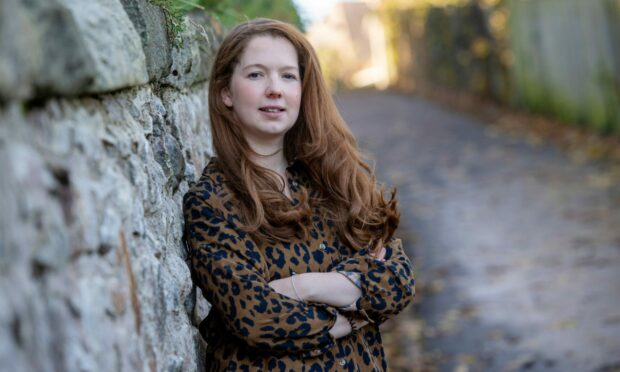


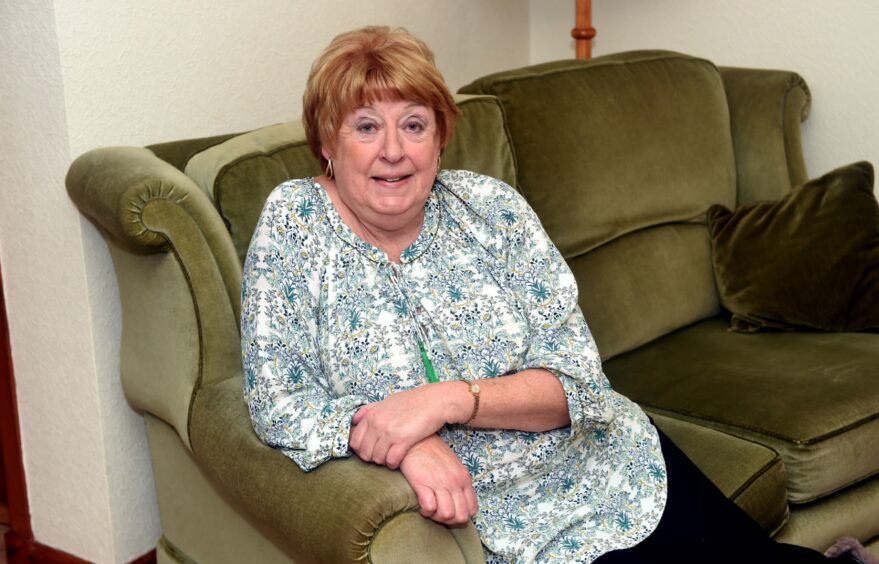
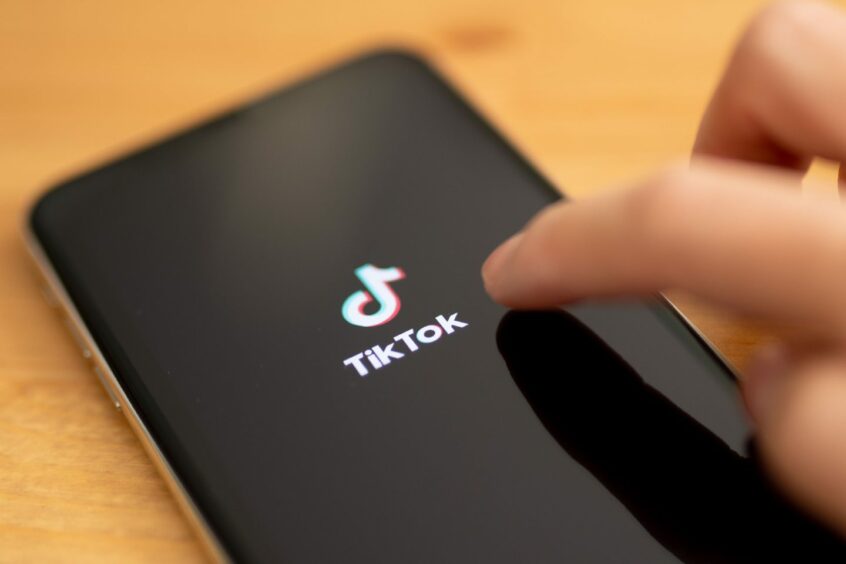
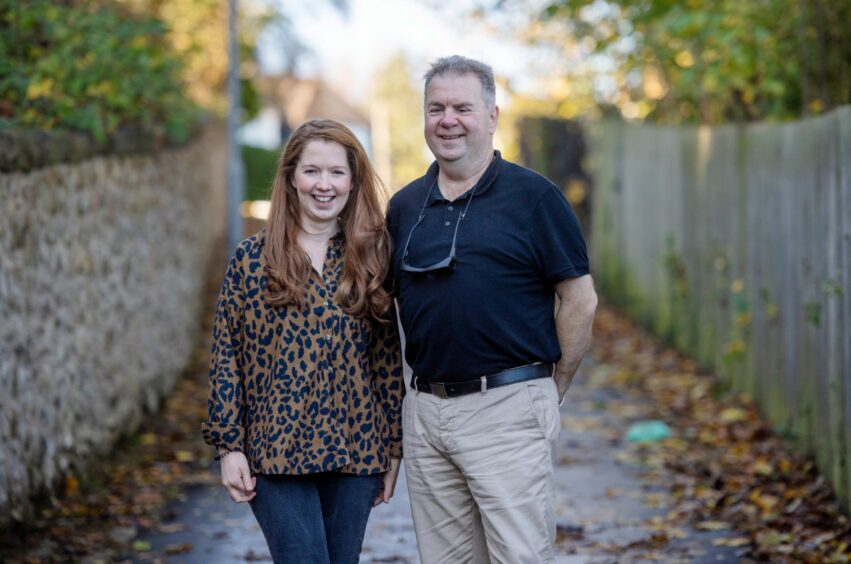
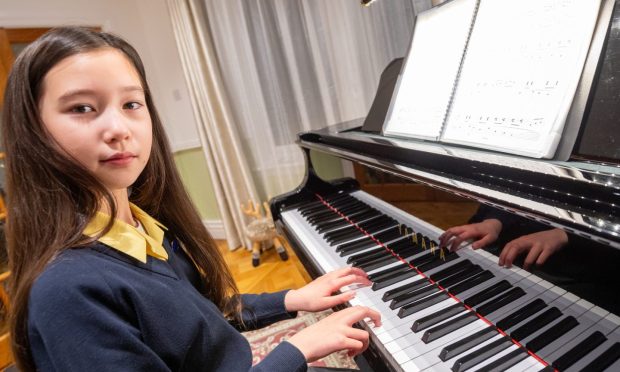
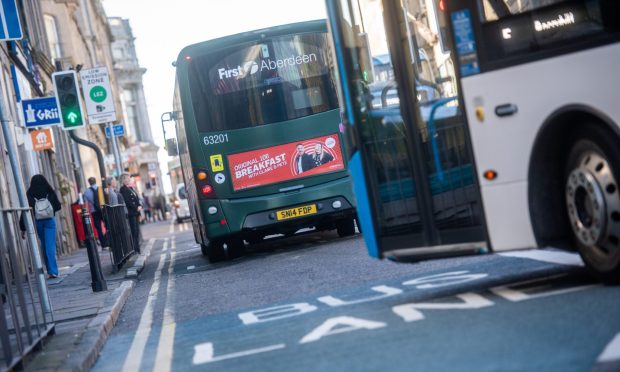
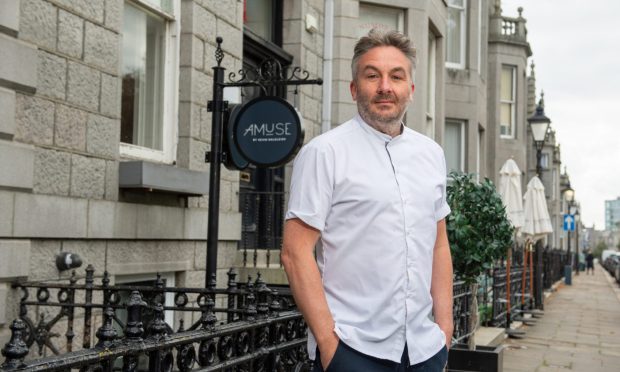
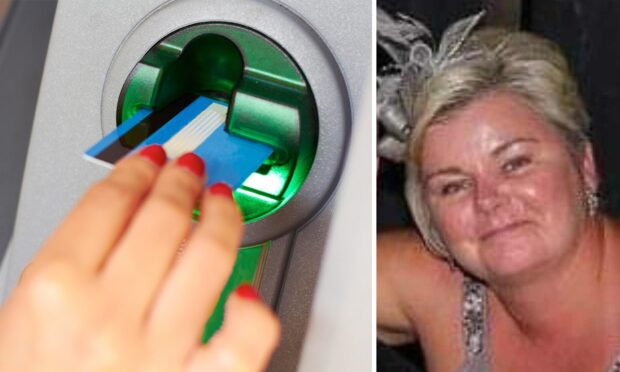

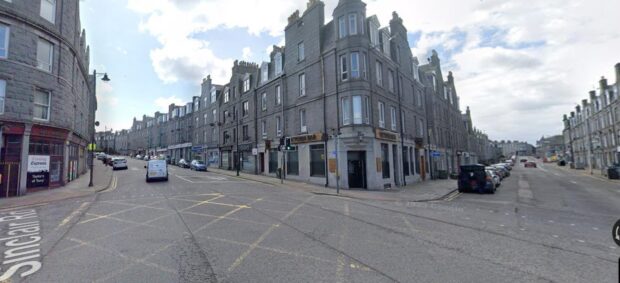

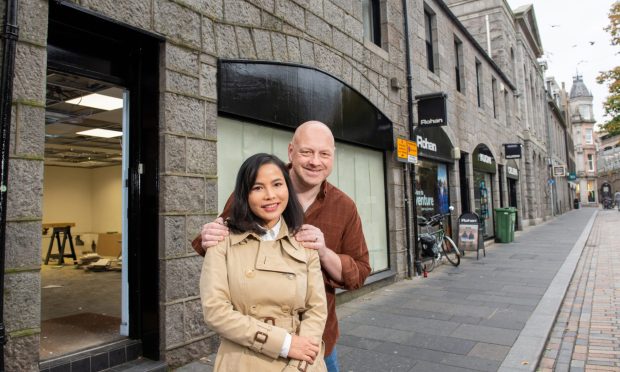


Conversation